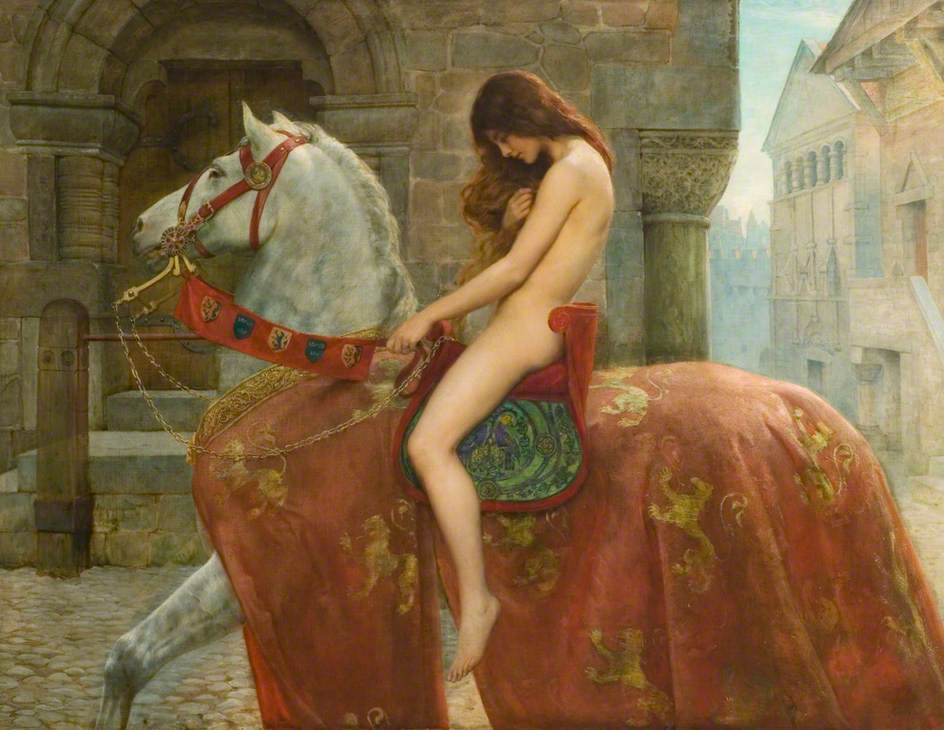A gaze is defined as “to look fixedly, intently, or deliberately at something”, but its true meaning is far deeper than that. In art and psychology, the “gaze” is described as a complex medium of communication between the subject and the object being gazed at. There are many theories as to what the gaze signifies.
A popular explanation is the exertion of dominance by the subject by gazing at an object. In essence, this act objectifies something, such as a painting or a person, placing it on an inferior level relative to the observer. This applies to the concept of the “medical gaze” – where the doctor can see the patient as just an anatomical body, or a holistic being with a soul – or the “male gaze”, which feminists claim to be the tendency for films to objectify women and play to the male audience, providing them with the power and dominance. In this case, the gaze acts as a projection of the viewer, placing himself as a dominant figure indirectly interacting with the female being gazed at in the movie. Although the male gaze itself is questionable, there is no doubt that people tend to project themselves into the characters in a movie through gaze.
This theory explains the uncanny feeling brought on by a gaze, as it gives the impression that you are being defined by someone’s gaze, whilst becoming dominated.
The gaze plays a vital role in the development of babies as they pass through what is called the “mirror stage”. This is when babies first conceive the idea of self, as they see an external image of themselves in the mirror. At this point, the baby’s gaze defines the external image (reflection) while the reflection’s gaze gives the baby an uncanny feeling of “self”.
The concept of the gaze has been well-known throughout history, and is reflected in myths such as the evil eye (that brings bad fortune to those being gazed at) or Medusa (the gorgon who petrifies those who make eye contact with her). Interestingly, the story of Narcissus shows the danger of gaze by misidentifying “self”.
Artists use this concept of gaze effectively by either letting the audience simply gaze at the picture, essentially letting it be defined only when being looked at, or invite the audience in a “conversation” with the painting. This can be achieved when characters in the painting are gazing at the audience, giving the illusion that they can actually see past the two-dimensional plane, gazing into the viewer’s eyes. This produces a strange feeling, while also giving the viewer a heightened appreciation for the painting as he/she feels at level with the painting.
Furthermore, as the gaze is a two-way conversation, there are also examples of “setting oneself at gaze”. This means that they are exposing themselves to be gazed at, a common example being nude art. Of course, this ties into voyeurism and scopophilia, showing just how complex the meaning behind the word “gaze” can be.




